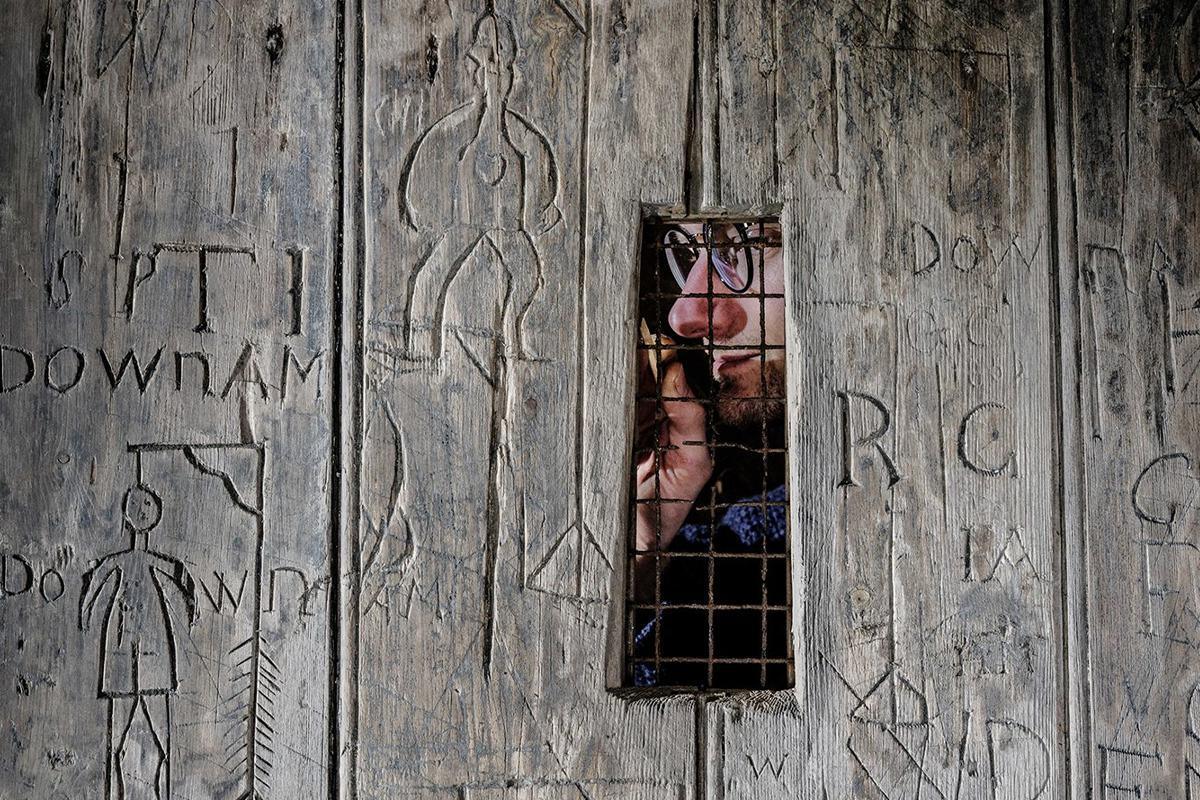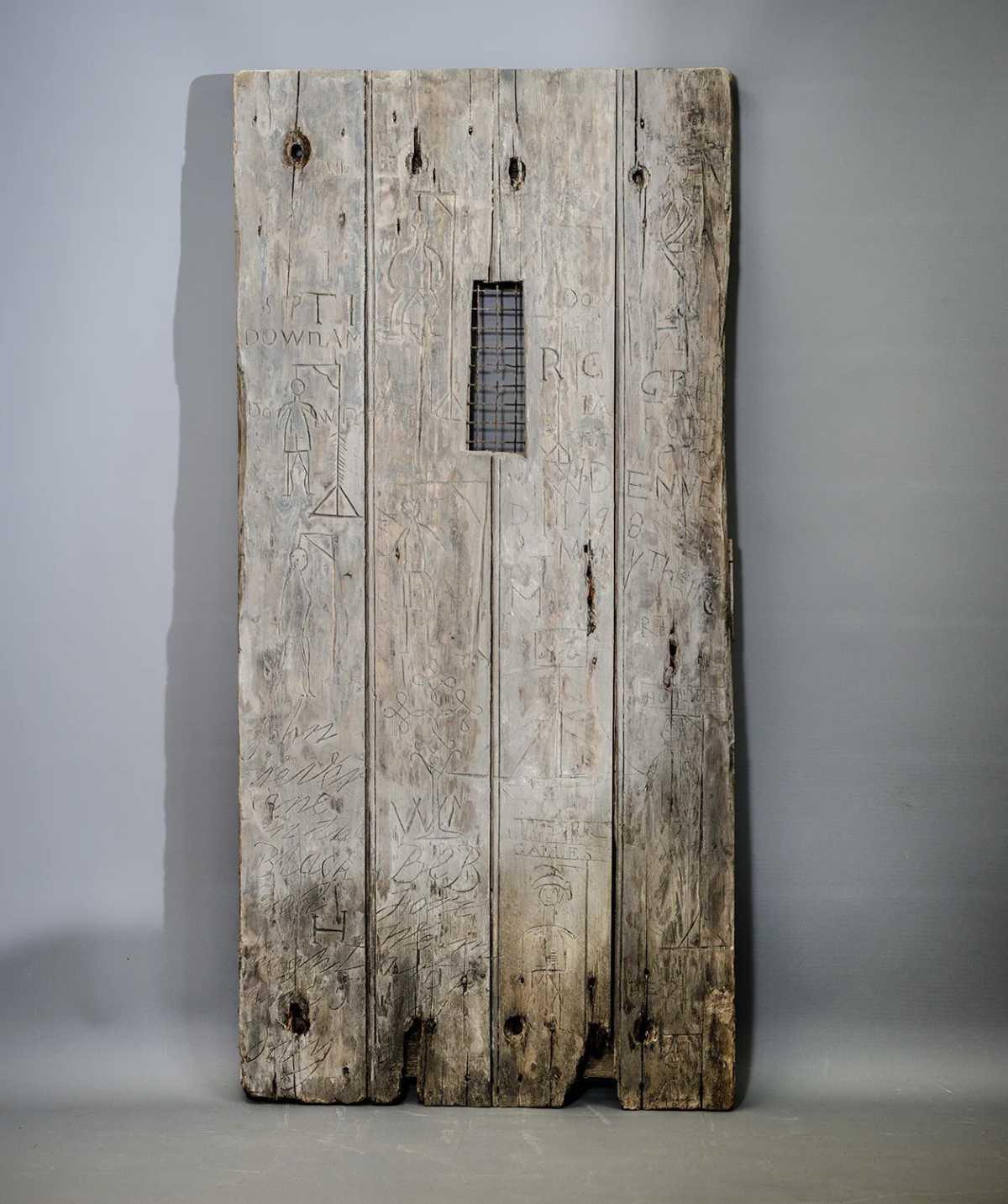Conservation of a Georgian door at Dover Castle has revealed etchings depicting hangings and graffiti from time of French Revolution.
Dover Castle, often referred to as the “Key to England”, is a medieval castle in Dover, England. The castle has guarded the sea crossing between England and France for over nine centuries, with extensive periods of modification and expansion in response to changes in warfare from the medieval to modern era.
With the rise of Napoleon Bonaparte and the French Revolution, the castle’s outer defences were remodelled during the late 18th century to include a large Horseshoe, Hudson's, East Arrow and East Demi-Bastions, the Constable's Bastion, and a permanent garrison of soldiers to guard the English coast.
A conservation project as part of the “Dover Castle Under Siege” exhibition has revealed graffiti on a door originally located in St John's Tower.
St John's Tower, which sits in the castle's great outer ditch, would have housed a garrison of 6 to 12 soldiers to guard the vulnerable northern end of the castle.
According to experts, the graffiti was likely made by the soldiers using knives or possibly bayonets, with the earliest example dating from 1789, and the most recent from 1855.
The graffiti includes a detailed carving of a sailing ship, the date of the French revolution (1789), etchings of various initials, and nine depictions of hangings. Most of the hanging depictions show a man wearing a military uniform and a bicorne hat, possible representing real life hangings that took place at Dover Castle, or are possible representations of Napoleon himself.
Paul Pattison, English Heritage's Senior Properties Historian, said, “Scaling a ladder to the upper floor of St John's Tower and seeing these remarkable carvings on the door was an astonishing discovery. This graffiti gives a unique glimpse into the minds of these soldiers, especially during such a charged period of time.”
Header Image Credit : English Heritage
Sources : English Heritage



